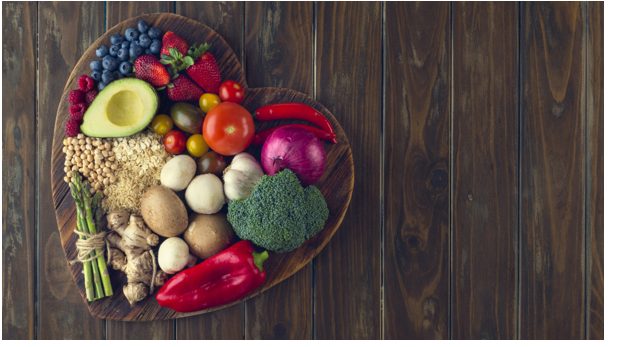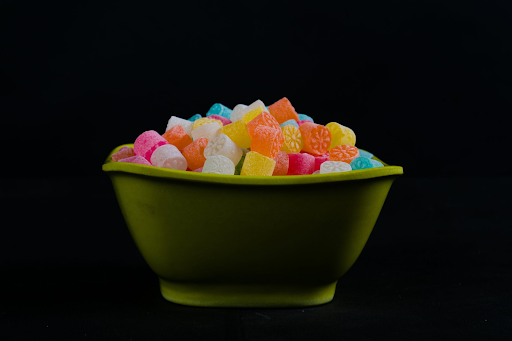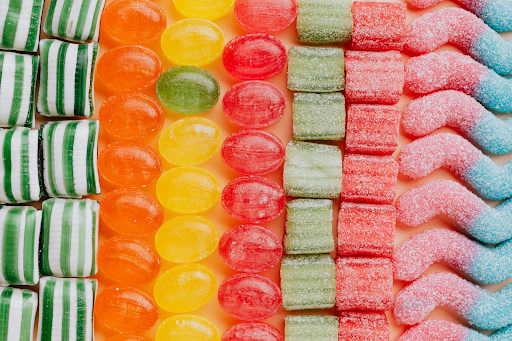Discovering the Process Behind Essential Baking Ingredients
Baking, a science in its own right, transforms humble ingredients into tasty delights. It all comes down to knowing how each bit adds up. Flour, sugar, and eggs mix with leavening agents to breathe life into baked goods. Each element goes through special steps before landing on our shelves and being ready for use. So let’s explore the making and processing of these essentials, offering an insight from the raw ingredient state till they become core parts of baking.
The Transformation of Flour
Baking relies on flour for its body and feel. Wheat makes the journey from the field to the kitchen through cleaning, milling, and refining. Bran and germ are separated in this process, leaving only refined flour behind.
Milling is simple—wheat grains get crushed until only the outer layers part ways with the inner starchy endosperm, which gets ground till it reaches a preferred fineness level. This delivers smooth, airy flour ready for baking magic! Variations like all-purpose, bread, or even cake flour bring different textures into recipes.
The Journey of Sugar
Sugar, the sweet touch in baked goods, starts as sugarcane or sugar beets. Harvested plants move on to juice extraction through either pressure application or diffusion methods. This juice gets a clean-up and heating session before crystallizing into raw sugars, leaving molasses behind.
Refined further for purity enhancement, and end up with white granules perfect for baking tasks! This extensive refinement ensures that sugar merges flawlessly, adding sweetness alongside texture.
The Role of Eggs in Baking
Eggs are a baker’s best friend, adding moisture, rich flavor, and stability to baked goods. Picked from chicken farms, eggs go through washing for impurity elimination. Quality checks are followed based on size to ensure all baking outputs stay consistent.
Heating makes egg proteins thicken, lending structure to cakes, cookies, or breads alike! The emulsifying properties of eggs enable ingredients to mix well, leading to even flavors and textures throughout the final edible art piece.
Leavening Agents: The Key to Rise
Leavening agents like baking powder and soda are crucial for that rise in baked goods. Baking powder is an acid-base team that mixes cream of tartar with baking soda, creating bubbles when heat meets moisture.
Powder processing services ensure finely grounded inputs and distribution uniformity across recipes, which boosts their performance! This consistency enables learners to do what they do best to make cakes spongy and bread light like clouds.
Conclusion
Grasping the steps behind these crucial baking ingredients deepens respect for this tasty science. From flour mill stages to sugar refining and leavening agent prep, every action is precisely planned. This precision ensures top-notch ingredient quality needed to bring recipes alive! So next time when there’s a baking day, remember the travels of each ingredient before becoming part of something yummy.
Check Next >https://www.neoadviser.com/how-do-you-pack-your-kitchen/


